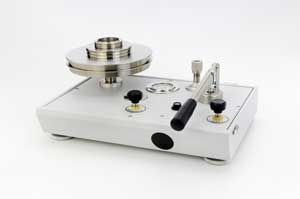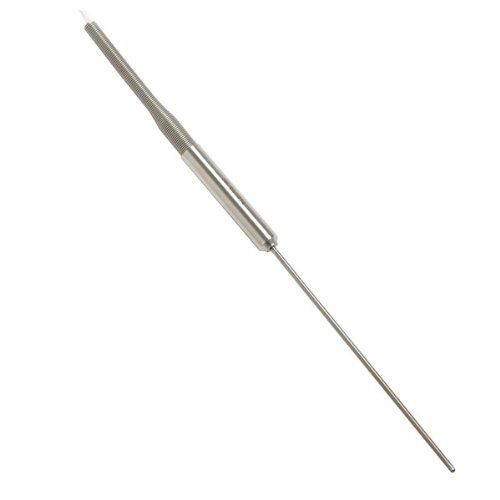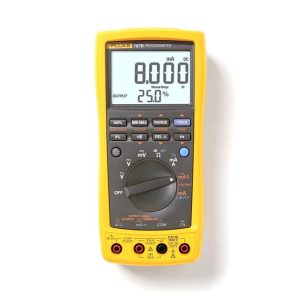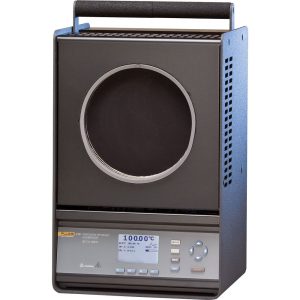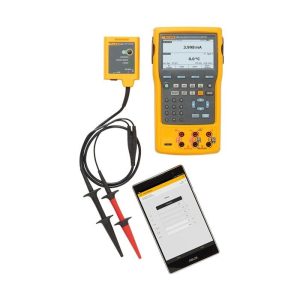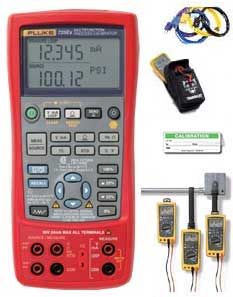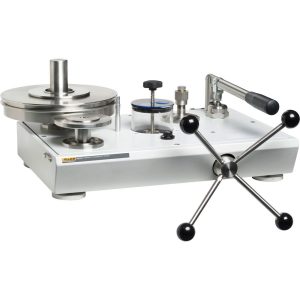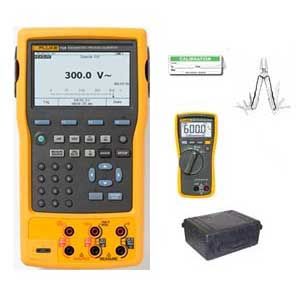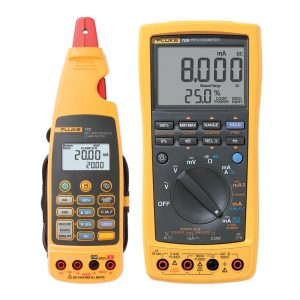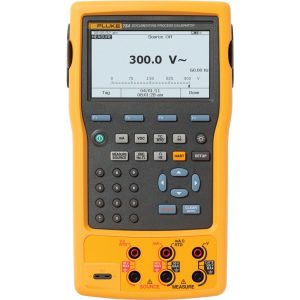-
1 × $167
-
1 × $1.055
-
1 × $1.273
-
1 × $959
-
1 × $5.144
-
1 × $1.290
-
1 × $1.512
-
1 × $2.111
-
1 × $9.871
-
1 × $1.449
-
1 × $1.449
-
1 × $2.974
-
1 × $385
-
1 × $1.634
-
2 × $1.337
-
2 × $5.663
-
1 × $855
-
1 × $2.413
-
1 × $398
-
1 × $1.306
-
1 × $2.106
-
1 × $147
-
1 × $1.961
-
1 × $2.966
-
1 × $393
-
1 × $1.960
-
1 × $1.453
-
1 × $2.982
-
1 × $475
-
1 × $5.070
-
1 × $968
-
1 × $1.889
-
1 × $407
-
1 × $956
-
1 × $1.391
-
1 × $4.360
The temperature range of the 5616 covers -200 °C to 420 °C, and its high-purity platinum element and durability make it great for calibrating in the lab or in the field. When choosing a reference with a platinum element, there are two things you want to look at carefully: the short-term repeatability and the long-term drift. When PRTs are thermally cycled over their temperature range as they would be during a calibration, their resistance at the triple point of water can move up and down within an expected range. Fluke Calibration defines this range (called short-term repeatability) as the repeatability at the triple point of water during three thermal cycles. 5616s are among the best performing in their class with short-term repeatability better than ± 0.010 °C (± 0.004 °C is typical). In addition, the 5616s drift is ± 0.007 °C at the triple point of water when exposed up to its maximum temperature (420 °C) for 100 hours. These specifications are given at k=2 and therefore include a 95 % confidence level.
- Temperature range: -200 °C to 420 °C
- Excellent stability: ± 10 mK
- Reference-grade platinum sensing element
- NIST-traceable calibration included



















